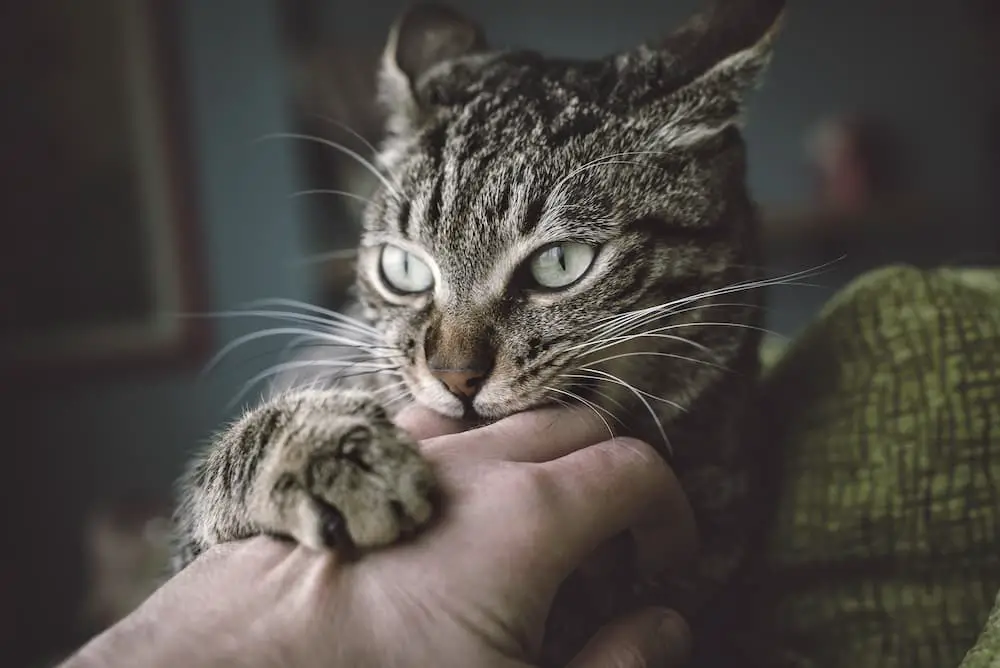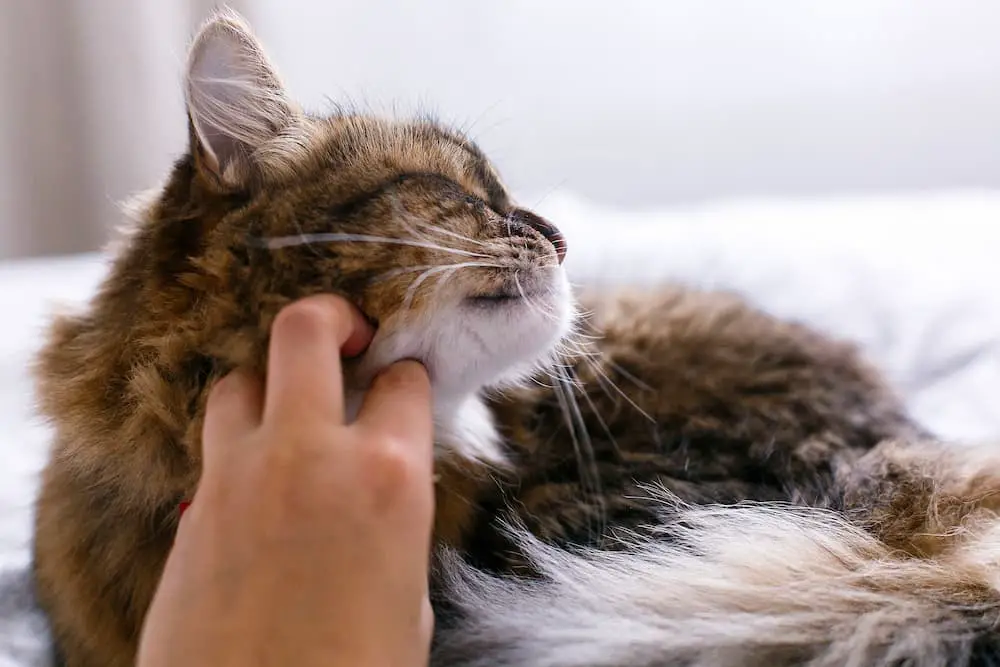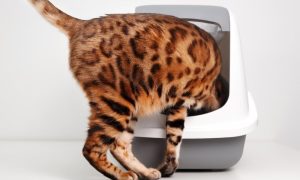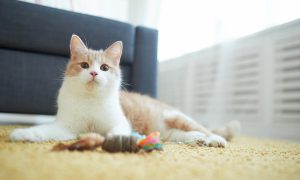As a cat owner, you know that your furry friend can be quite finicky when it comes to being petted. But don’t let that discourage you – with a little patience and practice, you can learn how to tell when your cat is enjoying the petting session and when she’s had enough. Here are some tips to get you started.

Establish trust and respect with your cat through regular petting sessions
If you want to build a strong connection with your cat, there is nothing better than taking a few moments each day to give them some love and affection through petting. Not only will it help enhance your bond with your four-legged friend, but it has the added bonus of being incredibly relaxing for both of you! Take the time to find out just how much pressure your kitty enjoys on their back or under their chin, and marvel as they drift off into a blissful state of contentment. Your cat’s trust and respect will grow if they understand petting is part of your daily routine and that it comes with lots of love.
If your cat starts to squirm or move away, stop petting them
If your cat starts squirming or moving away when you’re petting them, it’s probably because they don’t want to be pet anymore. There are lots of signs cats show when they are feeling uninterested in being touched; from half-hearted purrs to incessant meowing or simply walking away. It’s important for us humans to respect our felines’ feelings and stop petting them as soon as we see these warning signs. If you don’t follow your cat’s lead when it comes to petting, not only do you risk them lashing out, biting or scratching, but you could inadvertently be teaching your cat to avoid you.
Let your cat come to you when they want to be petted
Sometimes, cats can be such delightful creatures, especially when they come to you for affection. Letting your cat come to you in their own time allows them to express their natural curiosity and sense of safety. Every cat is unique and will have their own way of interacting with their environment, which includes the humans that live there! When your furry friend ventures up close and rubs against your legs or suddenly jumps onto your lap, it can be a heartwarming experience. Show them how much you appreciate them by giving head scratches and gentle pets when they do.

Respect your cat’s personal space – don’t force them to be close to you if they don’t want to
Your cat may think of you as the most amazing human in the world, but that doesn’t mean they always want a hug. Respect your feline friend’s boundaries and they will show you their unconditional love. Show some respect to your cutie by giving them the space to come around when they’re ready – trust us, it’ll be worth the wait! If you try to make your kitty cuddle with you too soon, then your cat might end up feeling overwhelmed or frightened. Give your furry pal some space and soon enough, you’ll get all those sweet cuddles you want and deserve.
Pay attention to your cat’s body language – they will let you know when they’re enjoying being petted
Cats may not be able to talk, but they definitely know how to communicate with their body language. Whether they are feeling pleased with a petting session or ready to yank their fur out of your grasp, cats never seem to shy away from expressing their opinions! You want to make sure you’re always giving your cat the best petting experience they could ask for, so pay close attention to their body language when you’re interacting.

If their body, ears, and tail are relaxed, that’s a good sign that they’re happy. But, a more energetic cat could be turning circles on your lap because they’re loving the attention. If your cat’s tail is swaying or if they’re twitching the tip, it’s time to ease up a bit — this is a good sign your feline friend is getting annoyed. It’s a common myth that cats only purr when they’re happy. But, don’t rely on purrs alone. Oftentimes, a purr could mean quite the opposite.
Petting your cat can be a wonderful experience if done right. When you demonstrate trust and respect for your cat, they will understand that you are not going to hurt them or invade their personal space. Give them the opportunity to come close to you on their own terms and let them guide the petting sessions by paying attention to their body language. Above all, enjoy the time with your beloved feline friend!
The Catington Post is reader-supported. That means, if you make a purchase through links on our site, we may earn an affiliate commission. All images and names which are not the property of The Catington Post are the property of their respective owners.

























